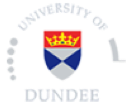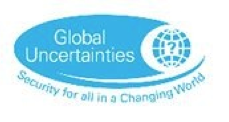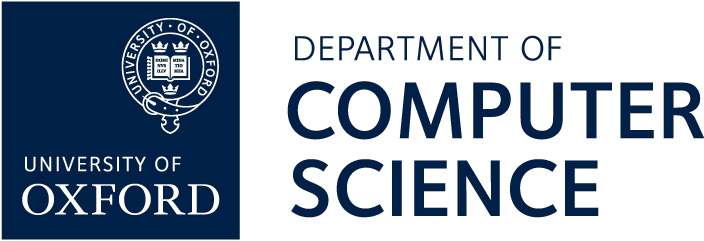Super Identity

Creating new measures of identity combining physical and cyber inputs, resulting in a more complete and dynamic picture of who someone or some group is. Supported by visual analytics to help understand the complexities of identity attribution and communicate the relative confidence which can be placed in it.
A recent assessment by the National Fraud Authority estimates the cost of UK identity fraud to exceed £2.7 billion a year. This affects up to 1.8 million people with much of the impact directly hitting the public purse. In a criminal context, identification of the wrong suspect can contribute to the criminal trial, conviction and sentencing of an innocent party together with a failure to pursue the true perpetrator. As a response to these two issues, the Super Identity project will provide a framework, which incorporates an augmented reality user-interface, and which moves beyond any existing work through the combination of information from both real and cyber domains. As such, the Super Identity project will aim to:
- Provide an informed identification decision, combining real-world and cyber measures.
- Quantify the (un)certainty associated with the final identity decision.
- Develop a more comprehensive academic understanding of the facets of identity.
The Super Identity project will provide an interactive visual interface to improve identification decisions. This can be implemented in a variety of security and intelligence situations, with the aim of detecting and reducing fraudulent activity. The project will also help law enforcement to have more certainty in their identification decisions, and to better direct their resources where information is lacking. Given the use of real-world and cyber measures of identity, one novel and exciting capacity within the Super Identity framework is the ability to identify groups of people as well as individuals. For instance, the Super Identity approach will be capable of indicating where seemingly unrelated people in a crowd are actually linked in online groups. This exceeds existing capacity, and offers a powerful and novel development in our understanding of identity.
Partners

|
|

|
|

|
|

|
|

|
|

|
|

|
Sponsors

|
info
|
People |
|
|
Activities |
|
|
Themes |



